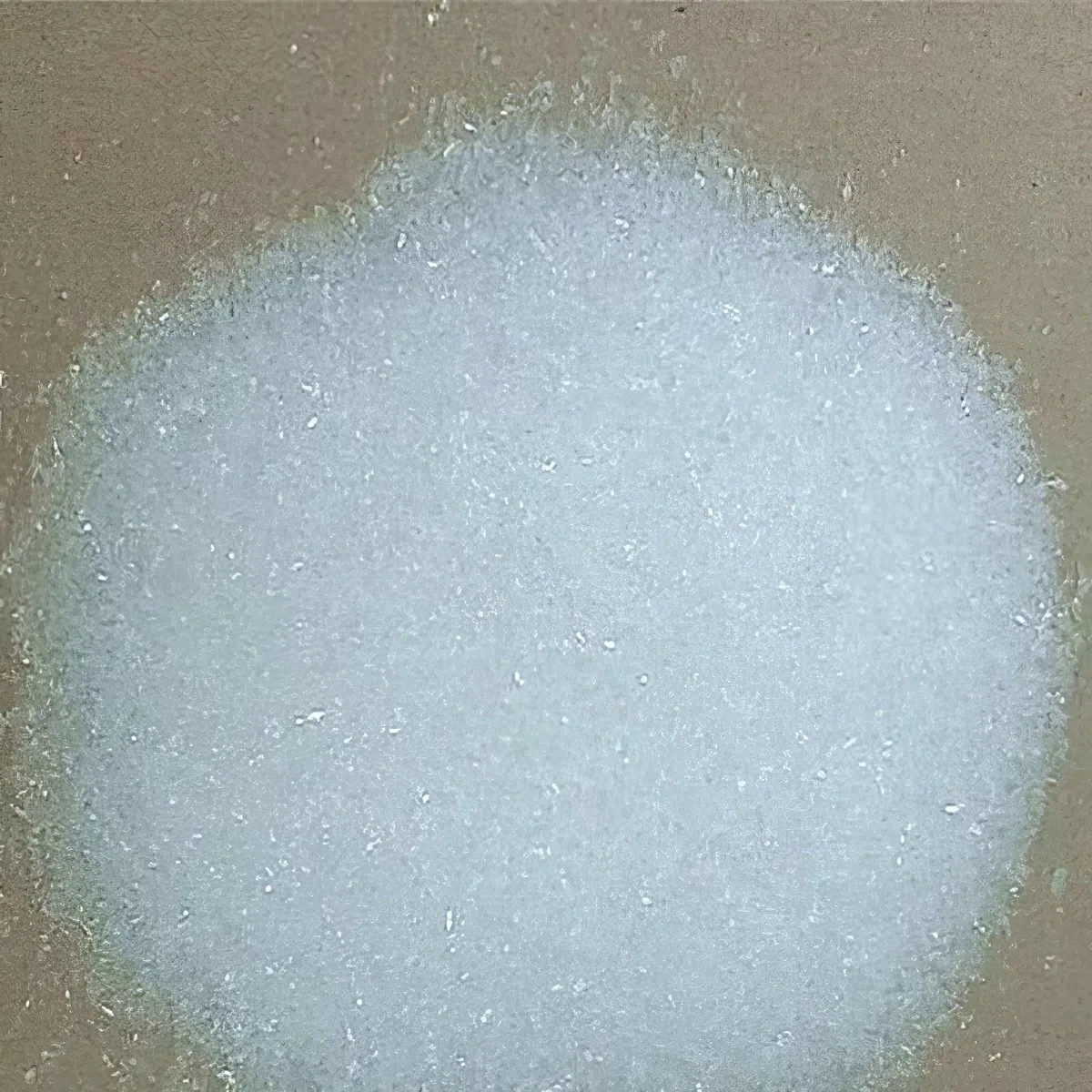



Exploring the pH Level of Sodium Hydroxide Solutions and Their Implications
Understanding the pH Value of Sodium Hydroxide
Sodium hydroxide (NaOH), commonly known as lye or caustic soda, is a highly versatile chemical compound used across various industries, including soap manufacturing, water treatment, and chemical synthesis. One of the most important characteristics of sodium hydroxide is its pH value, which can provide critical insights into its properties and applications.
The pH scale, ranging from 0 to 14, measures the acidity or alkalinity of a solution. A pH value below 7 indicates an acidic solution, while a pH of 7 is considered neutral. A pH value above 7 indicates alkalinity. Sodium hydroxide, being a strong base, has a high pH level, typically around 13 to 14 when dissolved in water. This high pH value is due to the complete dissociation of NaOH in aqueous solutions, releasing hydroxide ions (OH⁻) that contribute to the solution's alkalinity.
Understanding the pH Value of Sodium Hydroxide
In water treatment, sodium hydroxide is employed to adjust the pH of water, making it less acidic. Acidic water can leach harmful metals from pipes and infrastructure, posing risks to human health and the environment. By increasing the pH through the addition of sodium hydroxide, water treatment facilities can mitigate these risks, ensuring that the water remains safe for consumption and use.
the ph value of sodium hydroxide

The high pH of sodium hydroxide solutions also makes it an effective cleaning agent. Many household and industrial cleaners contain sodium hydroxide due to its strong alkaline properties, which help to dissolve grease, oils, and organic materials. This makes it particularly useful in industries like food processing, where maintaining cleanliness is critical.
However, the high pH value of sodium hydroxide also poses certain risks. As a caustic agent, it can cause severe burns and damage to skin and eyes upon contact. Thus, handling sodium hydroxide requires stringent safety precautions, including wearing protective clothing and goggles. Moreover, its alkaline nature means that sodium hydroxide can react vigorously with acids, potentially leading to hazardous situations if not managed properly.
In laboratories, determining the pH of sodium hydroxide solutions can be accomplished using pH indicators or pH meters. These measurements are vital for ensuring that the concentration of the base is appropriate for specific experiments or reactions. In titration experiments, the pH can help to identify the endpoint when neutralizing acids with sodium hydroxide, which is a fundamental technique in analytical chemistry.
In summary, the pH value of sodium hydroxide is a crucial parameter that influences its behavior and utility in various applications. With a typical pH of around 13 to 14, sodium hydroxide demonstrates strong alkaline properties that are employed in diverse fields, from soap making to water treatment. Despite its effectiveness, the handling of sodium hydroxide must be approached with caution due to its caustic nature, ensuring that safety measures are in place to prevent accidents and injuries. Understanding the pH and the implications of this powerful compound is essential for both its safe use and its application in industrial processes.
-
Why Sodium Persulfate Is Everywhere NowNewsJul.07,2025
-
Why Polyacrylamide Is in High DemandNewsJul.07,2025
-
Understanding Paint Chemicals and Their ApplicationsNewsJul.07,2025
-
Smart Use Of Mining ChemicalsNewsJul.07,2025
-
Practical Uses of Potassium MonopersulfateNewsJul.07,2025
-
Agrochemicals In Real FarmingNewsJul.07,2025
-
Sodium Chlorite Hot UsesNewsJul.01,2025










